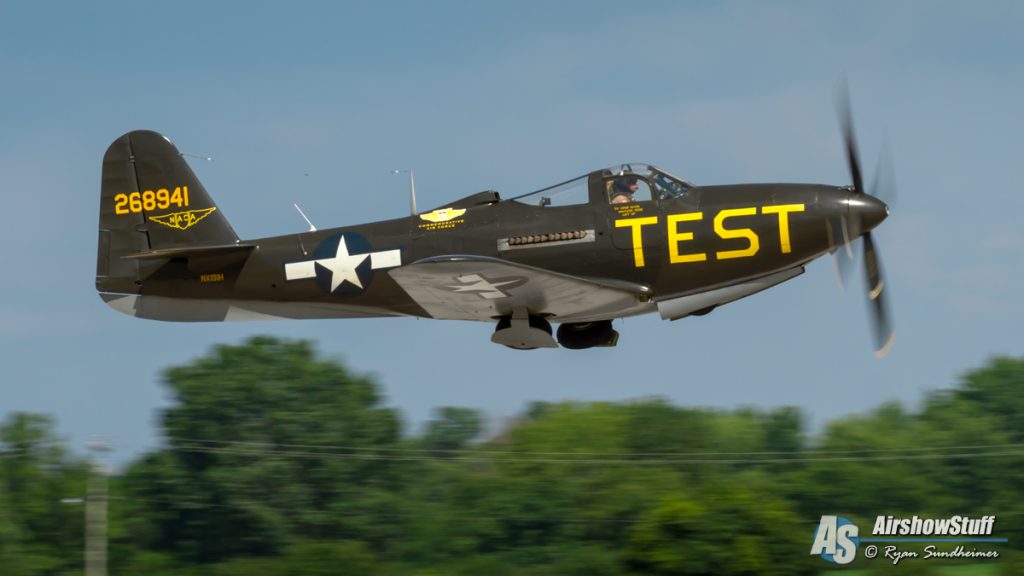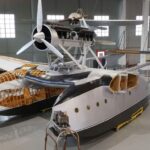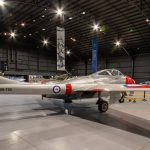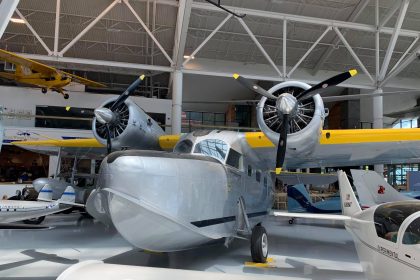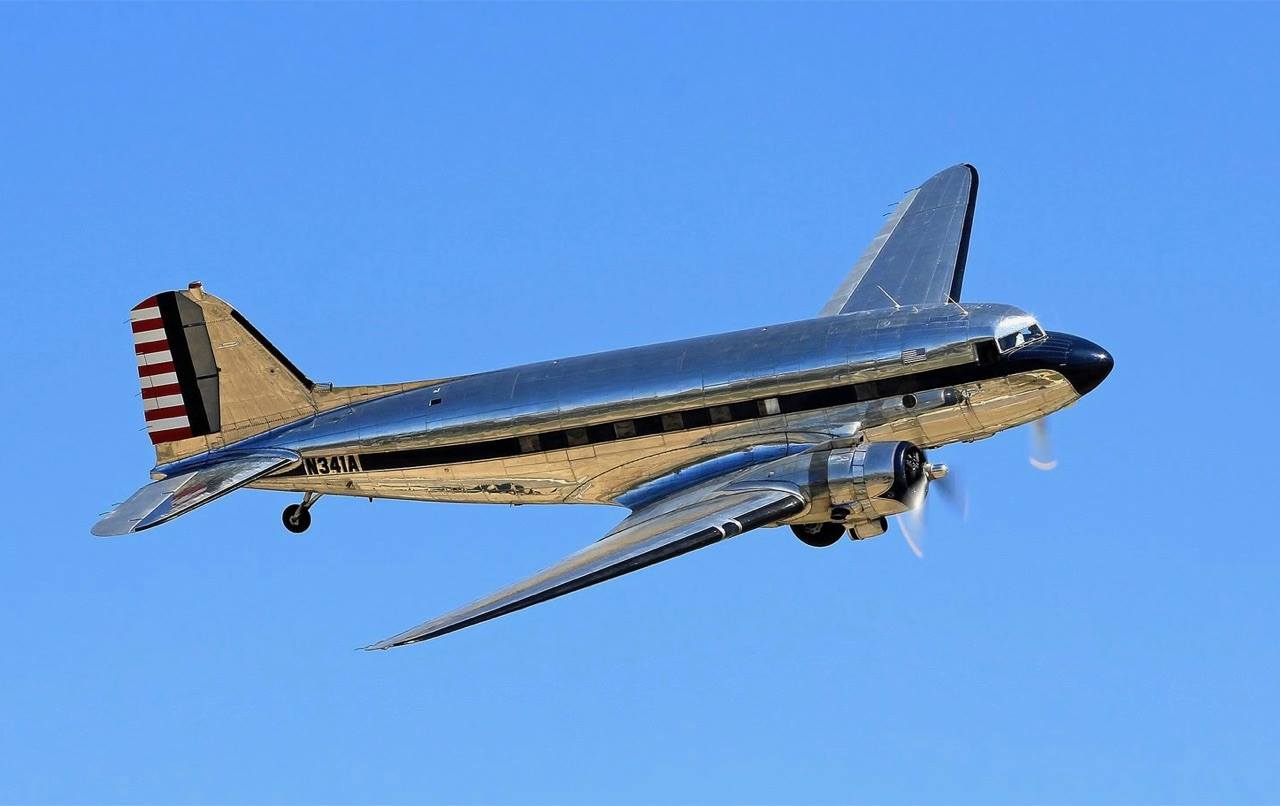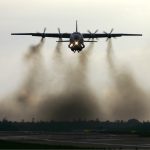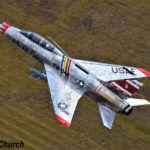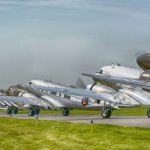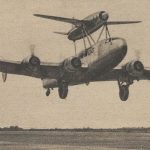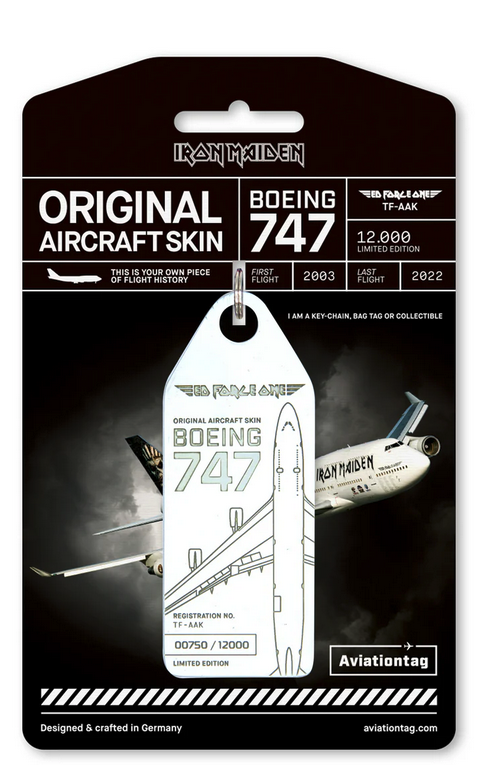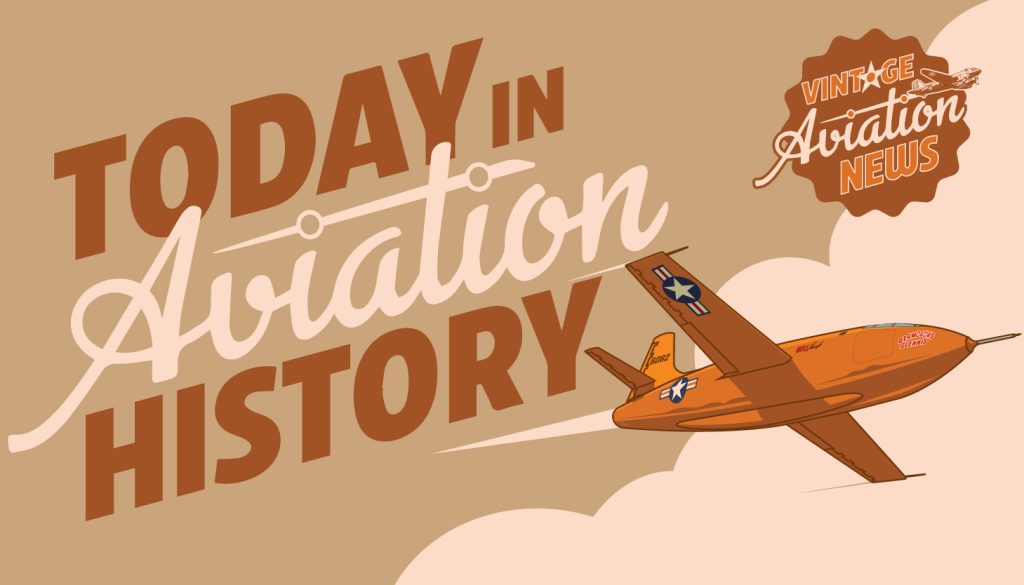
On March 3, 1915, the National Advisory Committee for Aeronautics (NACA) was established, laying the foundation for what would later become NASA. Created to “undertake, promote, and institutionalize aeronautical research,” NACA played a pivotal role in advancing aviation technology in the United States. At the time, aviation was still in its infancy, but interest in powered flight was rapidly growing worldwide. The establishment of NACA provided a centralized hub for aeronautical research, fostering collaboration between government, industry, and academia.
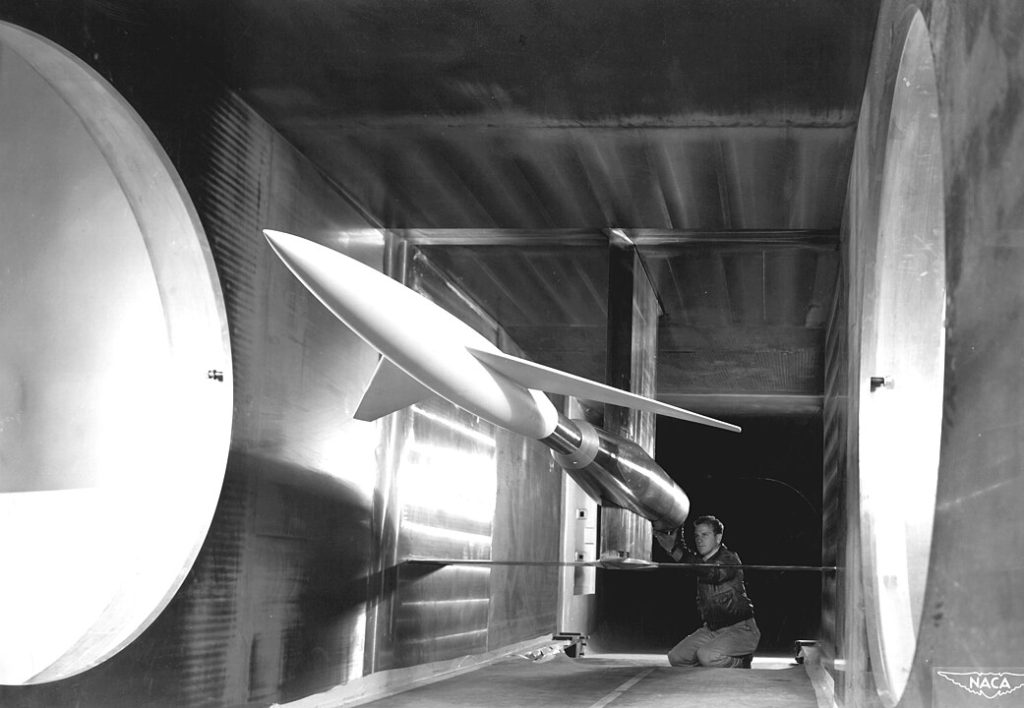
The outbreak of World War I accelerated NACA’s mission. Recognizing the increasing role of aircraft in warfare, the U.S. government passed emergency legislation to promote coordination among the nation’s aviation-related projects. Countries like France had already established similar organizations, and the United States sought to ensure it remained at the forefront of aviation innovation.
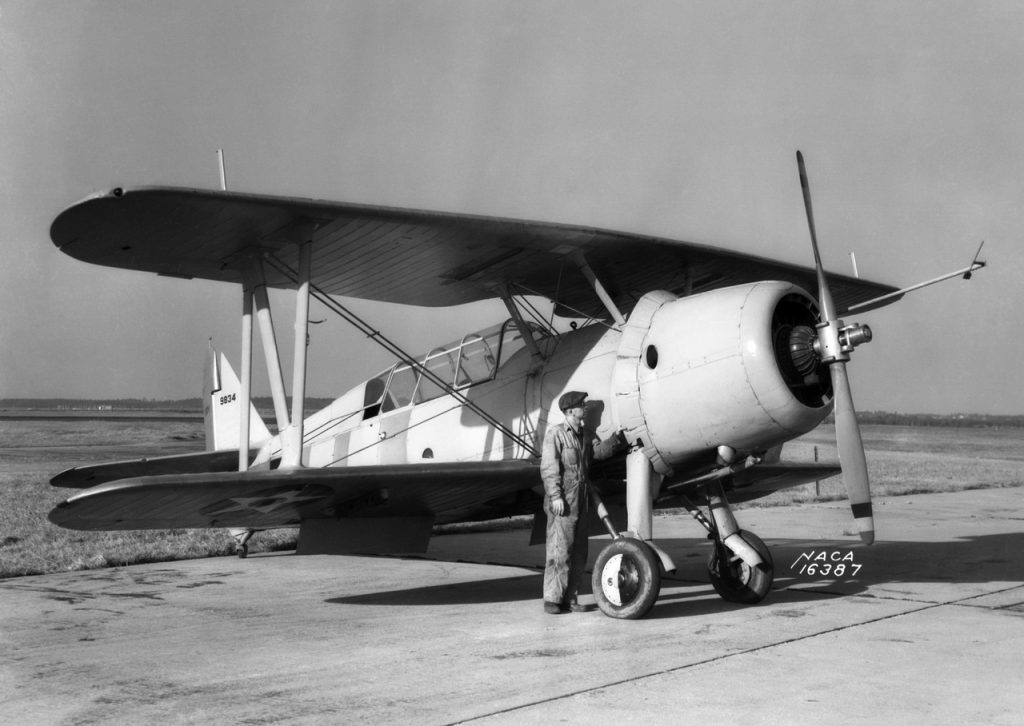
Following its approval by Congress and signing into law by President Woodrow Wilson, NACA’s official directive was set: “It shall be the duty of the advisory committee for aeronautics to supervise and direct the scientific study of the problems of flight with a view to their practical solution.” In 1920, Orville Wright was appointed to NACA’s board by President Wilson, marking a significant moment in the organization’s early development. Over the following decades, NACA played a crucial role in advancing both military and civilian aviation. The agency established cutting-edge research facilities, including Langley Memorial Aeronautical Laboratory in Hampton, Virginia, Ames Aeronautical Laboratory in Moffett Field, California, the Aircraft Engine Research Laboratory (later Lewis Research Center) in Ohio, and the Muroc Flight Test Unit, which later became Edwards Air Force Base in California.
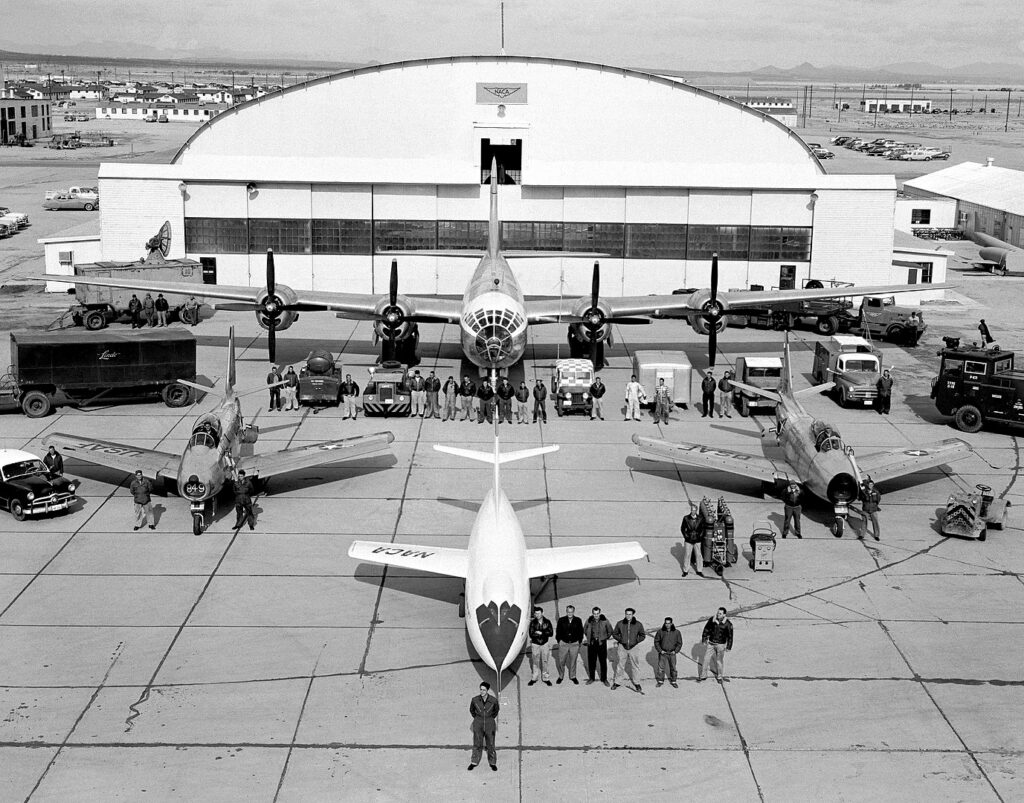
NACA’s contributions were instrumental in the development of supersonic flight, particularly the Bell X-1 program. Although the U.S. Air Force commissioned and operated the Bell X-1, NACA led much of its research, testing, and development. On October 14, 1947, Chuck Yeager piloted the Bell X-1 to Mach 1, making it the first aircraft to break the sound barrier.
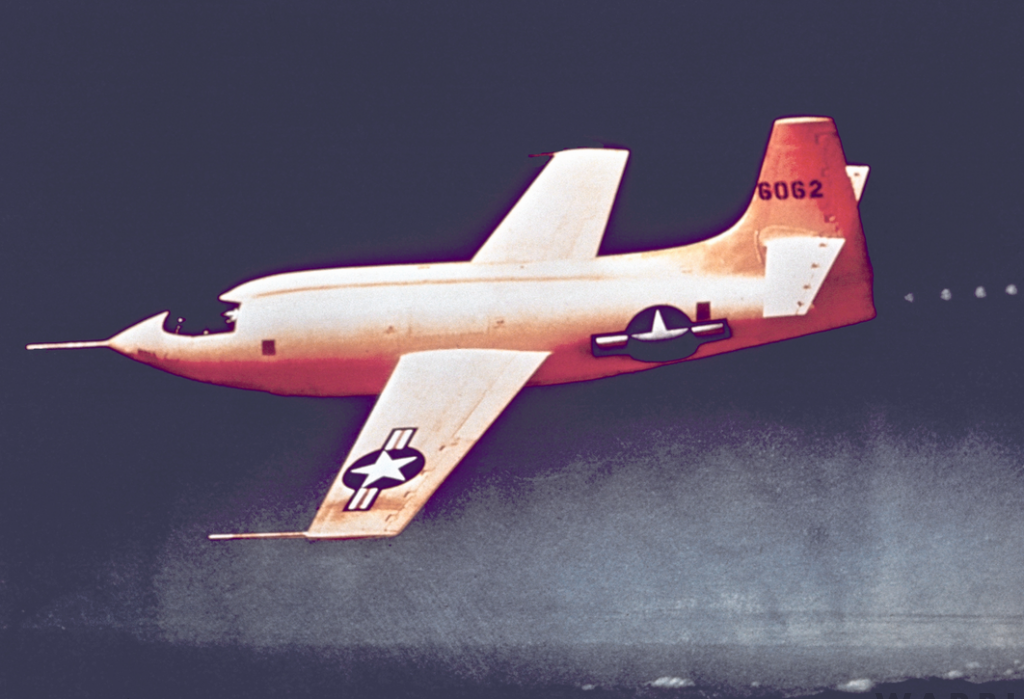
In 1958, as the United States set its sights on space exploration, NACA was transformed into NASA, expanding its mission beyond aeronautics to include human spaceflight and planetary exploration. However, NACA’s pioneering work in aviation remains a cornerstone of modern aerospace technology, influencing everything from commercial airliners to high-speed military jets. The legacy of NACA is one of relentless innovation, scientific discovery, and engineering excellence—an enduring testament to the organization that shaped the future of flight.

